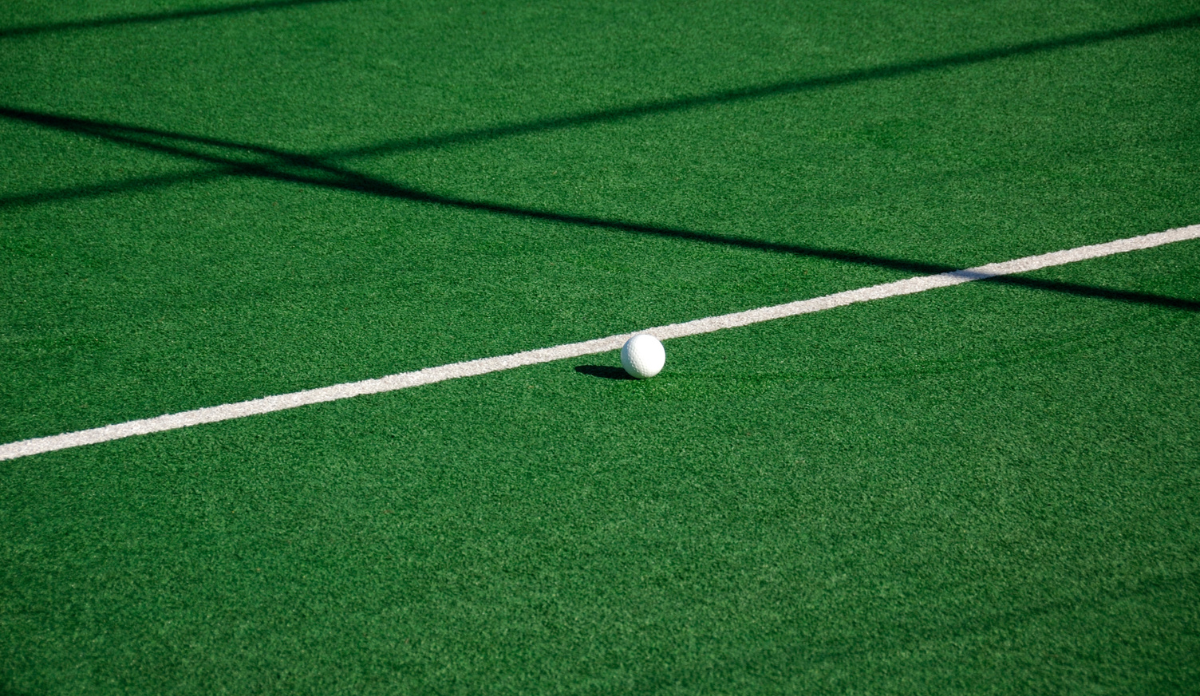The rise of state-of-the art artificial turf fields at sporting facilities has eliminated the annoyance and cost of constant landscaping and watering to maintain real grass. From professional arenas and stadiums all the way down to local high school playing grounds, these synthetic surfaces have become commonplace. But under the shiny plastic surface, artificial turfs may be playing a more dangerous game with human health.
Recent studies reveal that athletes who practice and play on artificial turfs have higher injury risks compared to athletes who primarily play on natural grass. Sports medicine researchers studying the medical records of high schoolers in Ohio found that athletes who played football, soccer, and rugby were 58% more likely to sustain an injury on a turf field than a grass field.
Artificial turf fields have also caused a battery of non-contact injuries beyond the amateur level, including the eponymous “turf toe,” a common injury where the big toe gets sprained. Professional athletes also see higher rates of feet, ankle, knee, and hip injuries on turf than on grass. One study of National Football League players found that turfs create a 16% increase in lower extremity injuries compared to natural surfaces. And in 2020, the president of the NFL’s Player’s Association officially recommended all turf fields be replaced with real grass.
Artificial turf fields might offer a pristine and bouncy place to play, but there are serious health risks rooted beneath the surface.
Currently, 15 of the 30 NFL stadiums remain turf. While most literature has shown that naturally grown fields help keep injuries down, several contradicting studies cite higher rates of injury on grass. However, these findings come from studies funded by the companies that manufacture turf materials, like Monsanto.
Beyond short-term injury, the chemicals intrinsic to artificial turf also threaten human health. Turfs are made from recycled tires and rubber to add bounce to the surface. Tests from these synthetic fields indicate they are filled with toxic substances known as “forever chemicals” like polyfluoroalkyl substances (PFAS), heavy metals, and volatile organic compounds. Some states, like Massachusetts and California, have imposed restrictions or bans on the sale or use of turfs containing PFAS because they have been linked to cancer and other chronic health problems.
The environmental impact of artificial fields brings an additional set of concerns. The life cycle of a turf field is about 8 to 10 years, which means there is a slow and steady rise of used and discarded turfs piling up. The Synthetic Turf Council estimates 1,500 new fields added and 700 replaced annually, resulting in up to 300 million pounds of plastic turf waste generated every year.
Run-off from turfs, whether in current use or previously discarded, add to microplastics found in the soil and water. Preliminary research done in Sweden revealed synthetic sports fields as a significant contributor to microplastics in waterways, with hundreds of kilograms of microplastics coming from each field. Research in Norway confirmed microplastics in 85% of samples taken from streams near artificial turfs. For now, the Environmental Protection Agency has released Part 1 of a 2-part report on synthetic turf fields. So far, no risk assessments or advisories have been formalized.
In response to growing evidence of artificial turf harms, big-league sports teams, including the NFL, have moved closer to leaving artificial turf for good and returning to natural grass fields. This action is not only about preventing immediate injuries but also about safeguarding the long-term health of athletes. Some teams are now hiring epidemiologists to track professional athletes’ causes of death.
Artificial turf fields might offer a pristine and bouncy place to play, but there are serious health risks rooted beneath the surface–the public health impacts of turf have become too deep to ignore.
Photo via Getty Images














